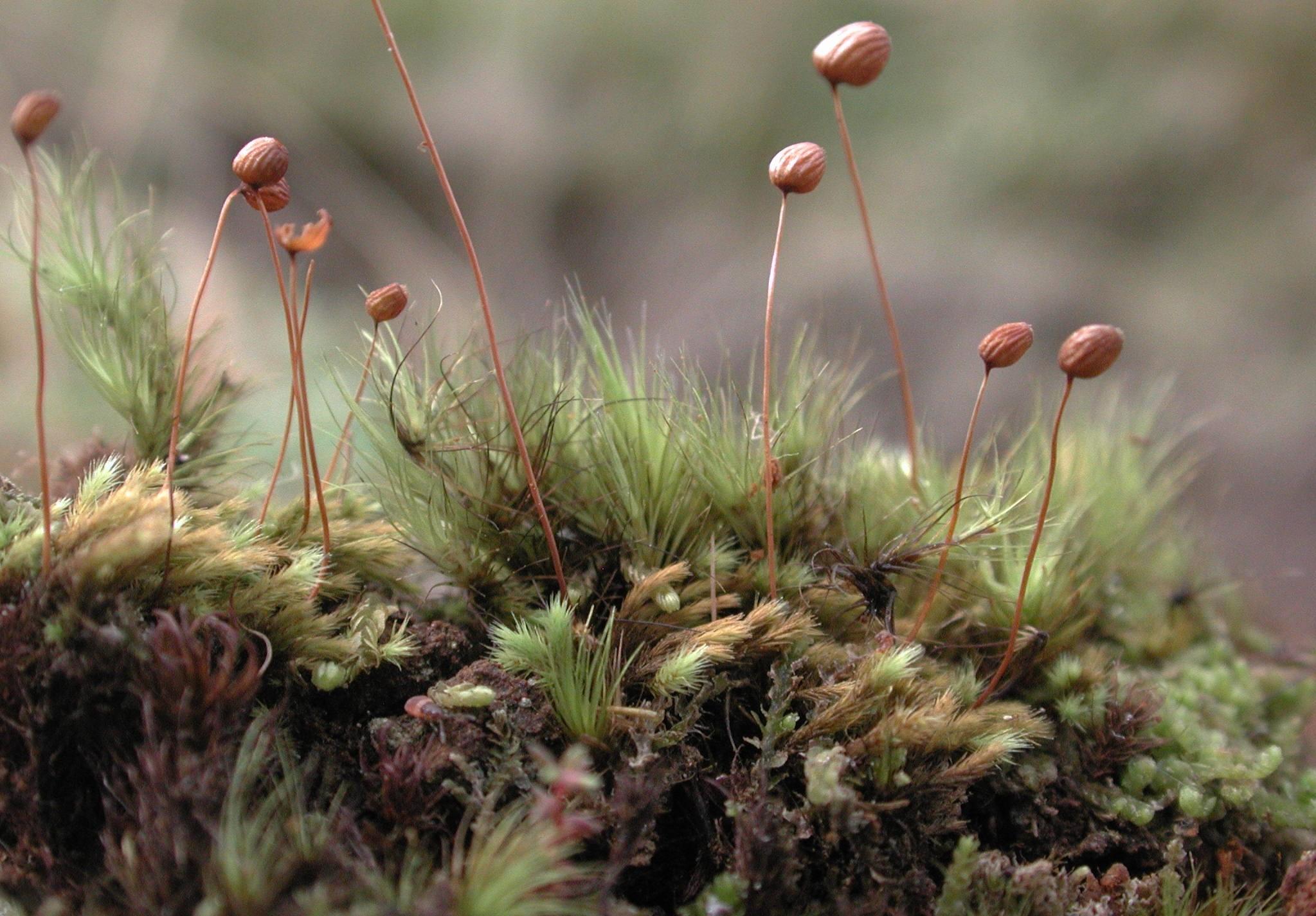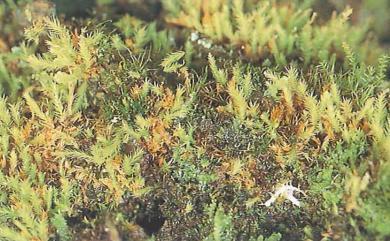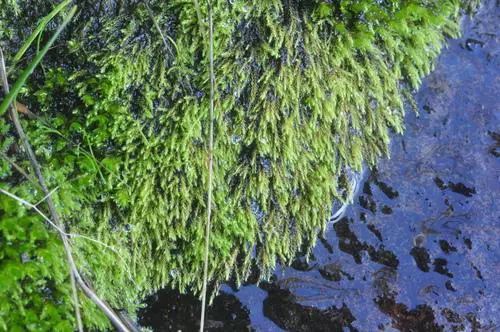
philonotis_uncinata.jpg from: https://www.plantsnap.com/plant-encyclopedia/bryophytes/Bartramiaceae/philonotis-pugionifolia/
Exploring the Fascinating World of Philonotis baginsensis Moss

62a34ee25402d1445d70e0e2fde46738.jpg from: https://taieol.tw/pages/33444
Have you ever stopped to admire the tiny, delicate mosses growing on rocks or tree trunks? One particularly interesting species is Philonotis baginsensis (Müll.Hal.) A.Jaeger, a moss in the Bartramiaceae family. Let’s take a closer look at this captivating little plant!
Background on Philonotis Mosses

medium.jpeg from: https://www.inaturalist.org/taxa/404795-Philonotis-scabrifolia
The genus Philonotis contains around 200 species of mosses found worldwide. They are classified in the division Bryophyta and class Bryopsida. Philonotis mosses often grow in dense tufts or cushions in wet habitats.
Morphology and Identification
P. baginsensis forms small, light green tufts. The individual stems are around 1-3 cm tall. The leaves are lance-shaped, 1-2 mm long, and have small teeth along the margins. When dry, the leaves become twisted and curled.
One key identifying feature is the presence of multicellular gemmae – small reproductive structures – in the leaf axils. The leaf cells are small and hexagonal or rounded. Sporophytes (spore-producing structures) are sometimes produced on long setae (stalks).
Global Distribution and Habitat
This species is found in parts of Africa, Asia, Australia, and the Pacific. It typically grows on damp soil, rocks, or rotting wood near streams, waterfalls, and in forests. The ability to tolerate periodic submersion allows it to thrive in wet environments.
Ecological Roles and Adaptations
Like other mosses, P. baginsensis plays important roles in its ecosystems:
- Helps retain moisture and prevent erosion
- Provides shelter and food for tiny invertebrates
- Serves as seed beds for other plants
- Pioneers the colonization of bare substrates
Its small size and poikilohydric nature (ability to survive desiccation) allow it to exploit microhabitats and withstand periods of drought. The production of gemmae also enables easy dispersal and colonization of new areas.
| Characteristic | Description |
|---|---|
| Stem height | 1-3 cm |
| Leaf length | 1-2 mm |
| Leaf shape | Lance-shaped with toothed margins |
| Leaf cells | Small, hexagonal or rounded |
| Gemmae | Multicellular, in leaf axils |
| Habitat | Damp soil, rocks, rotting wood in wet areas |
Conclusion
The diminutive Philonotis baginsensis moss may be easily overlooked, but it has a big ecological impact. Its fascinating adaptations allow it to thrive in challenging environments around the world.
Next time you’re in nature, take a moment to appreciate the miniature world of mosses at your feet. What other amazing bryophyte species might be there quietly doing their part for the ecosystem?